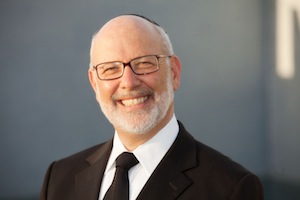
The Climber "Exhausted, struggling to breath and unable to see more than a few feet in front of him, the climber focused every ounce of his physical and mental effort just to get one foot in front of the other. It took him years of preparation and weeks of torturous climbing to get to this point. With one slip he could tumble to his death in an instant." Spiritual climbs also have their dangerous moments. After 49 days of the incremental spiritual climb from Egypt to Sinai, the Jewish people fell to the depths of idolatry in an instant: "They have moved away quickly from the pathway I ins..









